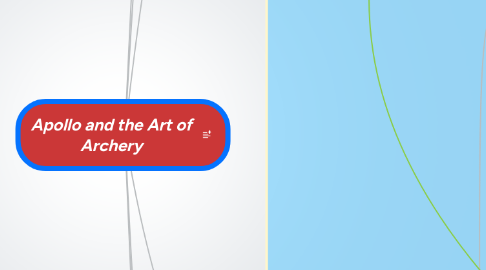
1. What (topical)
1.1. Intro: the wrath of Apollo
1.1.1. "Let the girl go"
1.1.1.1. Helen, Chryseis, Briseis
1.1.1.2. Nestor's advice
1.1.1.3. "red-stained ivory"
1.1.2. The Plan of Zeus
1.2. The Iliad
1.2.1. part 1: The Immortal Hero
1.2.1.1. The Quarrel
1.2.1.2. Nestor and Odysseus, Thersites
1.2.1.3. Agamemnon's council
1.2.1.4. Diomedes & the Gods
1.2.1.4.1. Athena
1.2.1.4.2. Apollo, Aphrodite, Ares
1.2.1.4.3. 100 oxen for 9
1.2.1.5. Embassy to Achilles
1.2.2. part 2: The Plan of Zeus
1.2.2.1. Agamemnon - Menelaos
1.2.2.2. Not far enough - too far
1.2.2.3. the Deception of Zeus
1.2.2.3.1. Zeus asleep?
1.2.2.3.2. "Counterattack"
1.2.2.4. Patrocles
1.2.3. part 3: The Mortal Hero
1.2.3.1. the Birth of Heracles
1.2.3.2. the Shield
1.2.3.3. Achilles' aristeia
1.2.3.4. Hector
1.3. the Good, the True, the Beautiful... and Justice
1.3.1. Homer's gods: "What we obey"
1.3.2. Paris' judgement, Achilles' judgement
1.3.3. fear, shame
1.3.4. The Plan of Zeus, Justice
1.3.5. Plato
2. When & Where (historical)
2.1. Renaissance and Reform
2.1.1. political: the new polis
2.1.1.1. "dark age", stasis
2.1.1.2. military reform
2.1.1.3. Phoenician model?
2.1.1.3.1. a conscious use of myth and religion for the purpose of ordering society
2.1.1.4. westward & black sea emigration
2.1.2. Religious
2.1.2.1. Delphi, Apollo
2.1.2.2. Regional gods & heroes
2.1.2.3. Homer & Hesiod's gods
2.1.2.3.1. creation myths
2.1.2.3.2. Titans, heroes and up/downward marriages
2.2. (Charter) Myths
2.2.1. Sparta
2.2.2. Poseidon, the Neleids
2.2.3. the Ionian migration & Helen
2.3. Ionia and Lydia
2.3.1. Smyrna & Milete, Sardis
2.3.2. Other sources: Mimnermus, Herodotus
3. How (poetical)
3.1. The Singer
3.1.1. aoidic style, epithets, typical scenes, formula's
3.1.2. type, character and 'position'
3.1.2.1. Agamemnon's council / 9 little birdies
3.1.2.1.1. Old king, young king: Agamemnon, Menelaos
3.1.2.1.2. Old, young(er) advisor: Nestor, Odysseus
3.1.2.1.3. Old, young warrior-hero: Idomeneus, Diomedes
3.1.2.1.4. Greater, lesser Aias: Telamonides, Oileus
3.1.2.1.5. And the mother-bird, Achilles
3.1.2.2. It's not about character, it's about Fate
3.1.2.3. Position (rank, status, gender)
3.1.3. Layers
3.1.3.1. there is a subtext
3.1.3.2. Irony
3.2. Structures
3.2.1. geometrics
3.2.1.1. ring composition, balanced expansion, catalogues
3.2.2. the "Chimaera" model
3.2.2.1. 3 parts: Diomedes, Patrocles, Achilles
3.2.2.2. 4 legs: Embassy & Assembly 4x, + Dios Apate
3.2.3. stitched verse: alterations in the structure?
3.3. Apollo Silverbow: Poetry, prophecy, healing
3.3.1. bow & lyre, 'winged words'
3.3.2. persuasive rhetoric
3.3.2.1. enthousiasm, pity and fear
3.3.2.2. pathos & the story arc
3.3.2.2.1. small-scale "fates"
3.3.2.2.2. large scale: realism, fantasy climax
3.3.3. Achilles (Patr.) the healer
4. Who (hypothetical)
4.1. Self-reflection in Iliad and Odyssey
4.1.1. The Odyssey's discussion of the Iliad
4.1.2. What the singer does: Proteus
4.1.3. Fantasy & Reality, Lie and Truth
4.1.4. Odysseus

